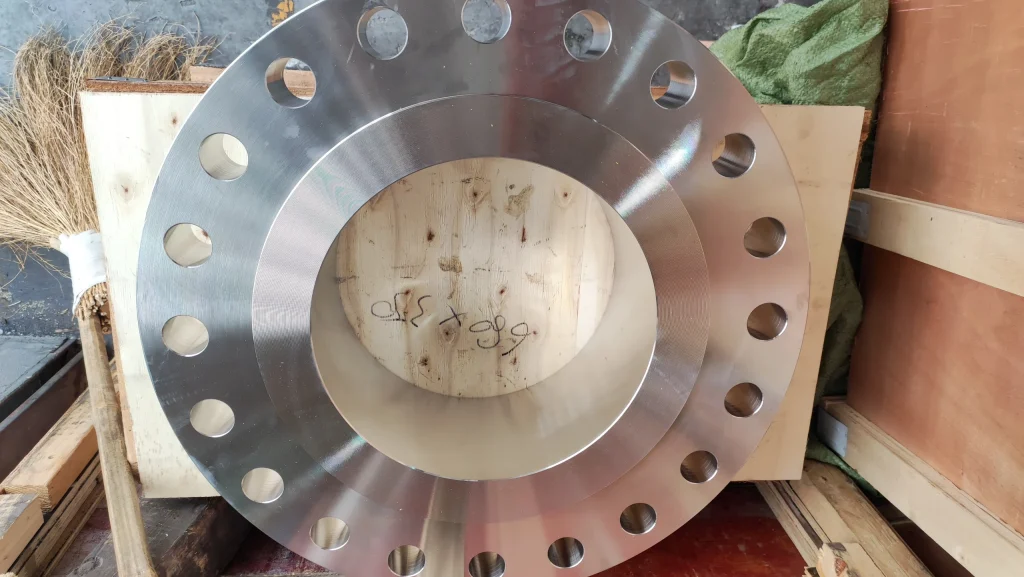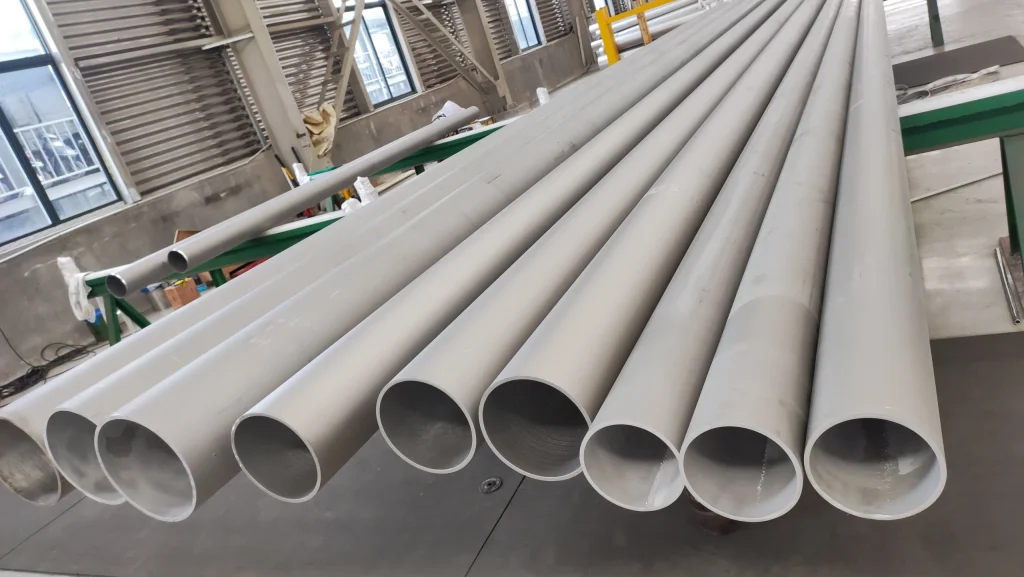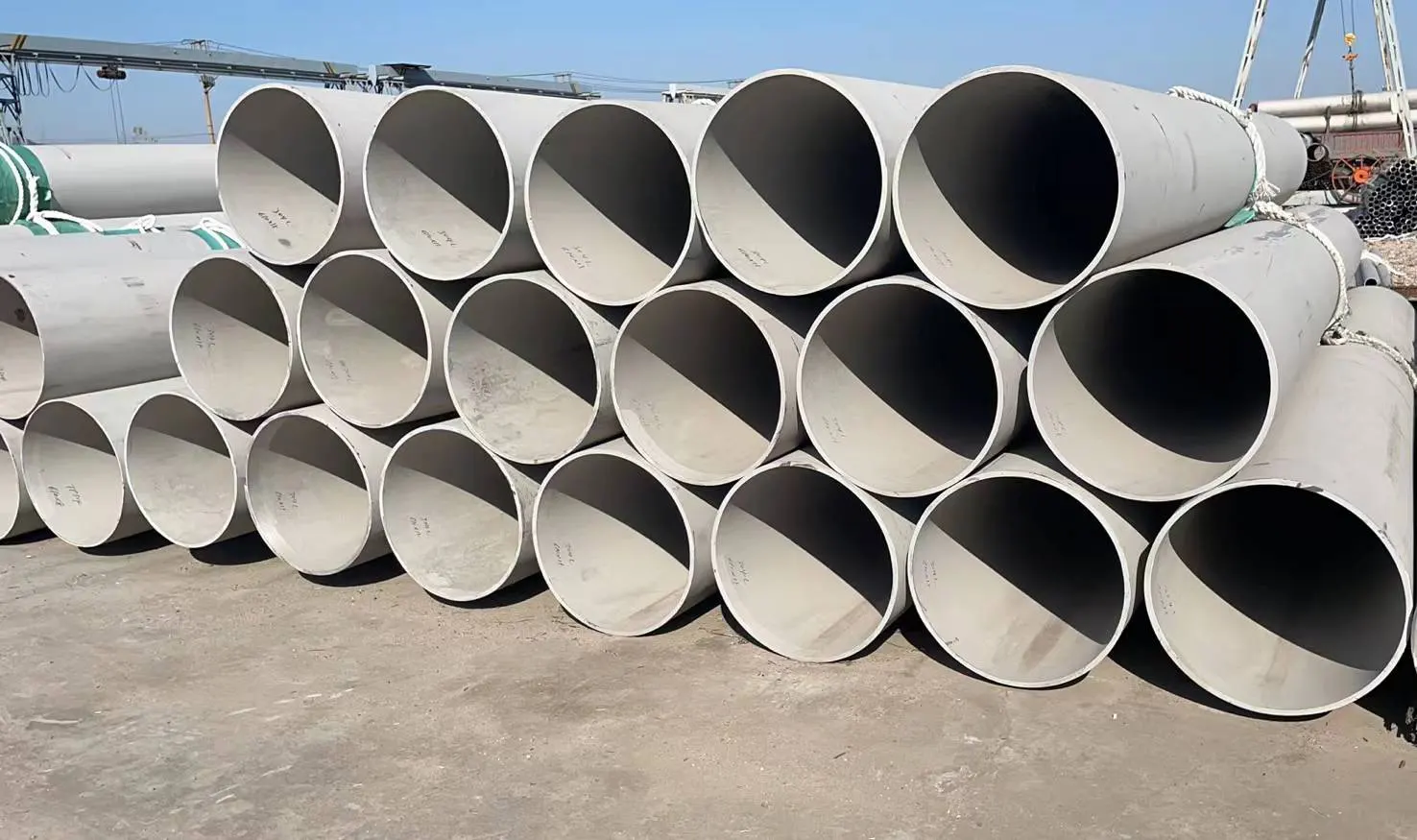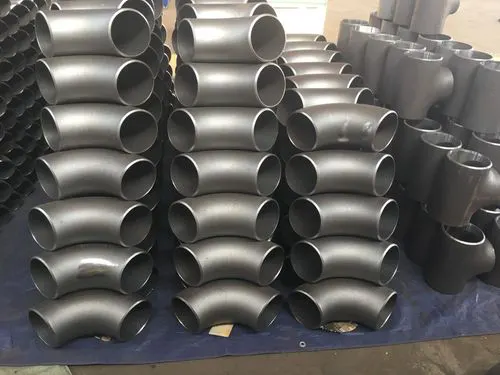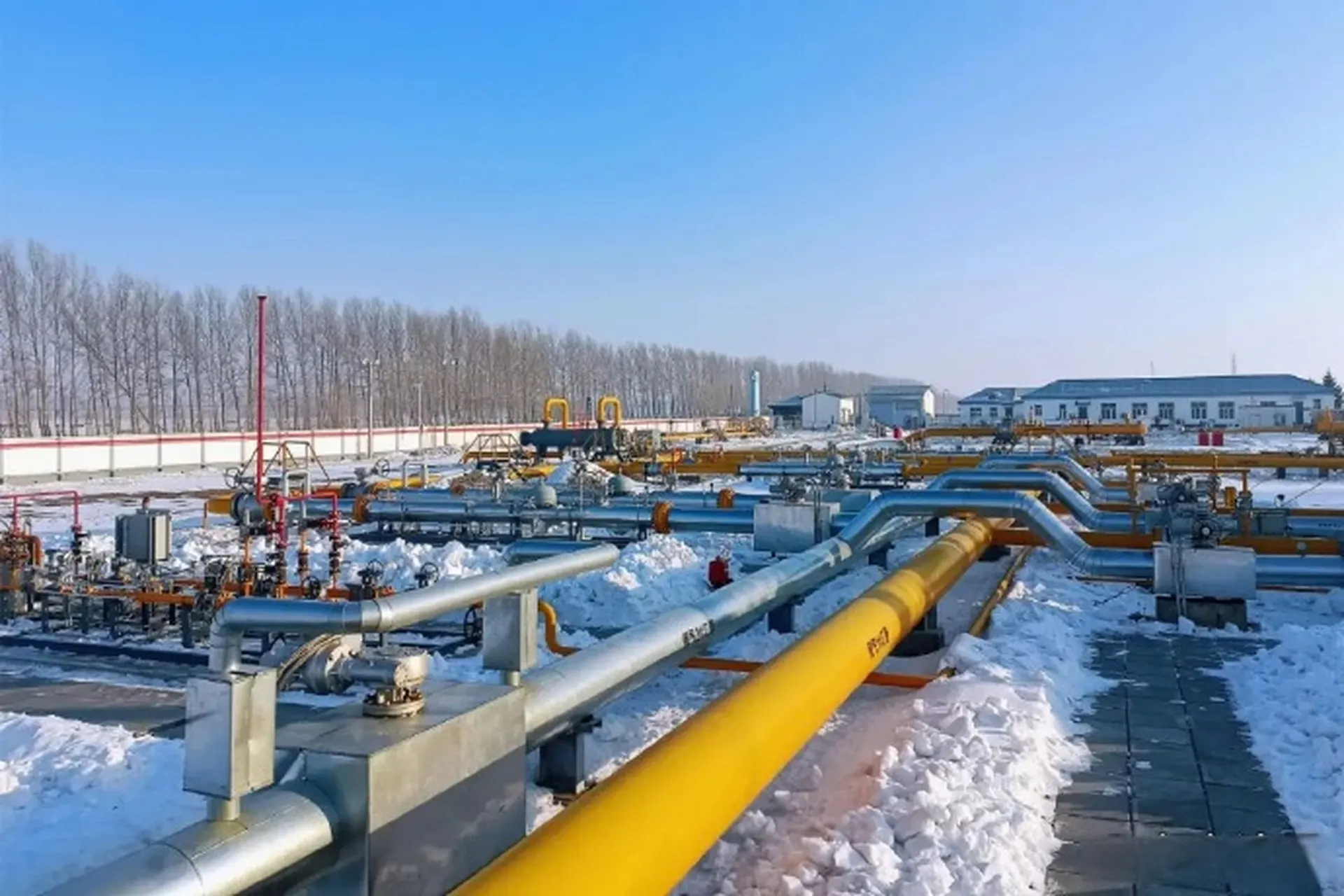Stainless Steel VS Carbon Steel is a fundamental choice for piping system, It affects performance, cost, and lifespan. Both materials are widely used. They serve different purposes. Understanding their unique properties is vital. Professional fournisseur de tuyaux et raccords en acier inoxydable helps you decide. It focuses on the use of tuyaux en acier inoxydable et carbon steel pipe fittings in industrial applications.
Stainless Steel VS Carbon Steel : Core Difference
The main difference lies in teneur en chrome,stainless steel contains a minimum of 10.5% chromium. This element forms a thin, passive layer. This layer prevents rust and corrosion. Carbon steel lacks this chromium. It is primarily an alloy of iron and carbon,so it rusts easily when exposed to moisture. This key difference dictates their applications.
Stainless Steel VS Carbon Steel : Pros and Cons
Stainless steel boasts superior corrosion resistance. The chromium couche d'oxyde protects it. Carbon steel rusts quickly without a protective coating. This makes stainless steel ideal for wet or environnements corrosifs.
Carbon steel is generally more affordable. It offers good strength. Stainless steel is more expensive. This is due to its chromium and nickel content. For many structural applications, carbon steel is a cost-effective choice.
Stainless steel requires less maintenance. Its corrosion resistance means a longer lifespan. Carbon steel needs revêtements de protection. These coatings require reapplication. This adds to long-term maintenance costs.
Both are weldable. Carbon steel is generally easier to weld. Stainless steel requires specific techniques. This is due to its alloying elements. This can affect fabrication costs and speed.
Stainless Steel VS Carbon Steel : Key Properties
| Fonctionnalité | Acier inoxydable | Acier Carbone |
|---|---|---|
| Résistance à la corrosion | Excellent | Poor (without coating) |
| Coût | Haut | Faible |
| Force | Good to Very High | Très élevé |
| Soudabilité | Good (with special care) | Excellent |
| Apparition | Shiny, clean, aesthetic | Dull, requires coating |
Ce que nous faisons
Stainless Steel VS Carbon Steel : Applications
| Type d'application | Stainless Steel Preferred | Carbon Steel Preferred |
|---|---|---|
| Environnements corrosifs | Chemical processing, food, marine | Not recommended (unless coated) |
| General Utilities | High-purity water, medical gas | Water, oil, gas (non-corrosive) |
| Structurel | Architectural, decorative, outdoor | Buildings, heavy machinery, frames |
| Températures élevées | Fours, échangeurs de chaleur | Power plants, steam lines |
| Cost-Sensitive Projects | When corrosion is a factor | When cost is the primary driver |
Common Grades of Stainless Steel
| Grade | Caractéristiques principales | Avantage principal | Cas d'utilisation typique |
|---|---|---|---|
| 304/304L | Standard alloy | Cost-effective, good rust resist | General utilities, food |
| 316/316L | Molybdène added | Chloride resistance, no piqûre | Marine, chemical, pharma |
| 310S | High Cr/Ni | Excellent high-temp resist | Furnace parts, exchangers |
| 2205 (Duplex) | Ferritic-austenitic | High strength, SCC resist | Offshore, sour service |
| 321 | Titanium stabilized | Resists weld decay | High-temp exhaust |
Vous voudrez peut-être aussi lire :
Qu'est-ce que le carbure dans l'acier inoxydable ? Quels sont leurs effets sur les tuyaux et les raccords ?
Dégradation des matériaux en acier inoxydable
Qu'est-ce que la déformation par fluage dans l'acier inoxydable ?
Signification des lettres qui suivent les nuances d'acier inoxydable
Qu'est-ce que le durcissement par vieillissement de l'acier inoxydable ?
Comment adoucir l'acier inoxydable ? Quels sont les avantages et les inconvénients ?
Qu'est-ce que la sensibilisation de l'acier inoxydable et comment la prévenir ?
Nous contacter
- RM901 No.22 Tangjiaqiao Road Wenzhou Chine
- +86 577 8551 1171
- [email protected]
- https://www.kaysuns.com/
